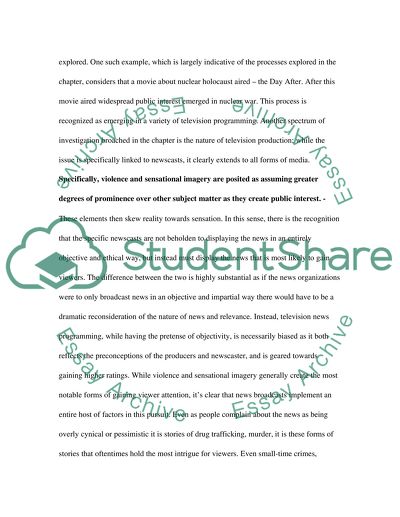Cite this document
(“Critical Review of the Phenomenon of Emotional Contagion and Media Literature”, n.d.)
Critical Review of the Phenomenon of Emotional Contagion and Media Literature. Retrieved from https://studentshare.org/psychology/1451622-critical-review-of-phenomena-theory-related-to
Critical Review of the Phenomenon of Emotional Contagion and Media Literature. Retrieved from https://studentshare.org/psychology/1451622-critical-review-of-phenomena-theory-related-to
(Critical Review of the Phenomenon of Emotional Contagion and Media Literature)
Critical Review of the Phenomenon of Emotional Contagion and Media Literature. https://studentshare.org/psychology/1451622-critical-review-of-phenomena-theory-related-to.
Critical Review of the Phenomenon of Emotional Contagion and Media Literature. https://studentshare.org/psychology/1451622-critical-review-of-phenomena-theory-related-to.
“Critical Review of the Phenomenon of Emotional Contagion and Media Literature”, n.d. https://studentshare.org/psychology/1451622-critical-review-of-phenomena-theory-related-to.


